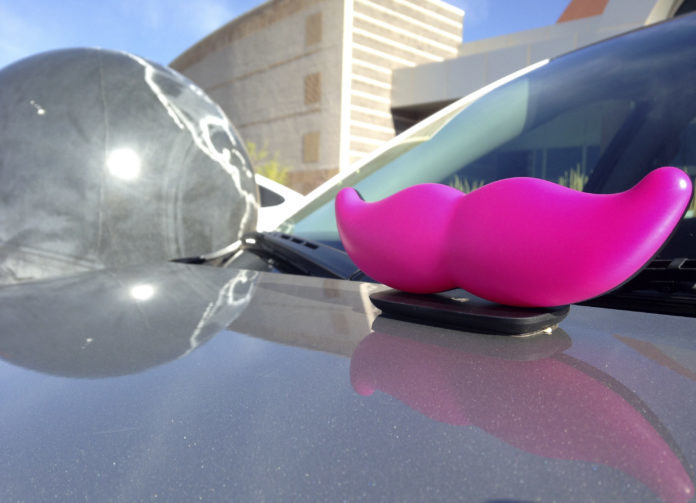
An Indiana program is helping residents get to drug addiction treatment by paying for their transportation through ride-sharing service Lyft.
The pilot program began in February, with $4,500 spent to help those specifically facing opioid addition. Beginning March 16, the initiative will expand to cover all residents facing any type of substance disorder, The (Northwest Indiana) Times reported. The program has been given $40,000 through June 2020.
Residents who are on Medicaid or have access to Medicaid’s transportation program don’t qualify.
The program is a partnership between the state Family and Social Services Administration and Indiana 211, which offers information about community resources. Residents can request a free ride by calling 211.
“Adding this pilot program to our partnership with Indiana 211 seemed the best way to determine if there is a need for this service and if this partnership will be successful in meeting that need,” said Marni Lemons, a spokeswoman for the Family and Social Services Administration.
The transportation program was inspired after an initiative ran last year called Open Beds, which allowed residents to call 211 to be connected to residential treatment centers that had space.
“Since that time, we have learned that lack of transportation can be an additional barrier to connecting people with the treatment that they urgently need,” Lemons said.
About 39 percent of people who call 211 are seeking transportation to addiction treatment, according to Lemons’ agency.
Indiana had the 14th highest rate of drug overdose in 2017, according to the Centers for Disease Control and Prevention.




